 2003 Jaguar XJ (X350) Dimensions, Size & Specs
2003 Jaguar XJ (X350) Dimensions, Size & SpecsMeasurements of the 2003 Jaguar XJ, engineered for optimal performance and comfort
| Dimensions | |
|---|---|
| Length: | 5090-5215 mm200.4-205.3 in16.7-17.1 ft |
| Width: | 1860 mm73.2 in6.1 ft |
| Height: | 1448 mm57.0 in4.8 ft |
| Trunk Capacity: | 470 liter16.6 cu ft |
| Trunk Capacity (Max): | 470 liter16.6 cu ft |
| Weight Specifications | |
| Curb Weight: | 1545-1690 kg3406-3726 lbs |
| Maximal permitted Weight: | 2170-2283 kg4784-5033 lbs |
| Tire Specifications | |
| Tire Sizes: |
|
The Jaguar XJ (X350) generation was produced from 2003 to 2006 and represents a significant luxury sedan in Jaguar's lineup. Available in several length variants ranging from 5090 mm to 5215 mm (200.4 to 205.3 inches), the XJ X350 offers a spacious and elegant design. Measuring 1860 mm (73.2 inches) in width and 1448 mm (57.0 inches) in height, it combines a sleek profile with generous interior space. The curb weight varies between 1545 kg and 1690 kg (3,406 to 3,726 lbs), depending on specific trims and options. Maximum weight capacity ranges from 2170 kg to 2283 kg (4,784 to 5,034 lbs).
One notable feature of the Jaguar XJ X350 is its luggage compartment, which provides 470 liters (approximately 16.6 cubic feet) of cargo capacity. This capacity remains consistent even with the rear seats folded, emphasizing the vehicle's dedicated trunk space rather than extended pass-through cargo flexibility. Tire options for the X350 include a range of sizes optimized for performance and ride comfort: 235/55 R17, 235/45 R17, 235/50 R18, and 255/40 R19.
Overall, the Jaguar XJ X350 blends traditional British luxury with modern engineering. Its size dimensions place it comfortably within the full-size luxury sedan category, offering a commanding road presence while maintaining refined proportions. With balanced road manners and a high-quality interior environment, the 2003-2006 Jaguar XJ X350 remains a notable contender amongst its peers for drivers seeking elegance and spaciousness in a premium sedan.
Discover the standout features that make the 2003 Jaguar XJ a leader in its class
Have a question? Please check our knowledgebase first.
The Jaguar XJ (X350) from the 2003 to 2006 production period varies in length depending on the version, ranging between 5090 mm and 5215 mm (200.4 inches to 205.1 inches). This length places it firmly in the full-size luxury sedan category, offering a spacious cabin while maintaining an elegant road presence. The extended length variant provides more rear-seat legroom and a more commanding exterior stance, enhancing passenger comfort and luxury appeal.
The Jaguar XJ (X350) maintains a width of approximately 1860 mm (73.2 inches). This width translates into a roomy interior, comfortably accommodating three passengers in the rear seats and ensuring lateral space for front occupants. From a handling perspective, this width contributes to vehicle stability and cornering capability, providing a balanced and confident driving experience typical of luxury sedans.
The height of the Jaguar XJ (X350) is measured at 1448 mm (57.0 inches). This relatively low height compared to other sedans enhances the car’s aerodynamic profile and contributes to the sleek and sporty design aesthetic that Jaguar is known for. The low roofline also aids in reducing wind resistance, improving fuel efficiency and high-speed stability.
The curb weight of the Jaguar XJ (X350) lies between 1545 kg and 1690 kg (3406 lbs to 3724 lbs), depending on the specific trim and equipment levels. This weight supports a sturdy build quality and contributes to a smooth ride quality, absorbing road imperfections effectively. While heavier than some competitors, this range maintains a balance between luxury and performance, ensuring the vehicle's engine power and handling dynamics operate without compromise.
The maximum weight for the Jaguar XJ (X350) ranges from 2170 kg to 2283 kg (4786 lbs to 5035 lbs), which encompasses the curb weight plus passengers, cargo, and other loads. This capacity ensures the vehicle can safely accommodate its full passenger load along with luggage and other gear, maintaining optimal performance and handling stability without overloading the suspension or compromising safety.
The Jaguar XJ (X350) offers a trunk luggage capacity of 470 liters (approximately 16.6 cubic feet), which is competitive for its class. Interestingly, folding the rear seats does not increase the cargo space beyond 470 liters, as the trunk and cabin layout design does not allow for an extended cargo area into the rear passenger space. While the fixed capacity suits typical luxury sedan usage, it may limit large cargo transport options.
With a length ranging from 5090 mm to 5215 mm (200.4 – 205.1 inches) and a width of 1860 mm (73.2 inches), the Jaguar XJ (X350) is on the larger side for garages but will generally fit within a standard two-car garage that usually measures at least 5400 mm (213 inches) deep and 3000 mm (118 inches) wide. However, tighter single-car garages or older, compact garage designs might find the length and width challenging, so measuring your specific garage is recommended before parking.
Compared to its predecessor, the Jaguar XJ (X308), produced from 1997 to 2003, the X350 is slightly larger in length, ranging from 5090 mm to 5215 mm versus approximately 5000 mm for the X308. The X350 also feature a more modern aluminum-intensive body structure, improving overall weight despite the increased size. This transition enhanced rigidity and corrosion resistance while reducing weight, contributing to improved ride comfort, handling, and fuel efficiency. The X350 introduced technological upgrades like an all-aluminum chassis, subtle yet elegant styling updates, and improved cabin refinement, setting it apart distinctly from the X308.
The Jaguar XJ (X350) holds its own among mid-2000s full-size luxury sedans such as the BMW 7 Series (E65), Mercedes-Benz S-Class (W220), and Audi A8 (D3). Dimensions-wise, the XJ’s length (up to 5215 mm / 205.1 inches) and width (1860 mm / 73.2 inches) align closely with these competitors, with trunk capacity at 470 liters being competitive though some rivals offer slightly more flexible cargo options. In terms of weight, it maintains a moderate curb weight intended to balance ride quality and performance. The XJ’s unique aluminum construction gave it a lighter structure compared to some steel-bodied competitors, offering a blend of luxury, performance, and style that differentiates it in this segment.
The Jaguar XJ (X350) supports several tire sizes depending on the trim and wheel options. Compatible sizes include 235/55 R17, 235/45 R17, 235/50 R18, and 255/40 R19. Larger diameter tires such as the 19-inch size offer improved cornering and sporty handling characteristics, while smaller 17-inch tires generally contribute to a more comfortable ride by better absorbing road imperfections. The chosen tire size can affect overall driving feel, traction, and fuel efficiency, allowing owners to tailor the ride quality to their preferences.
Discover similar sized cars.
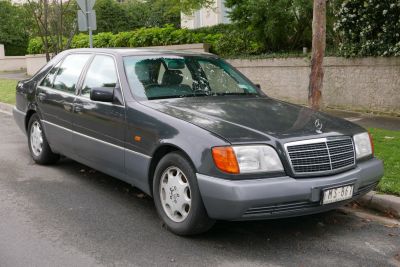
| Production: | 1991-1994 |
|---|---|
| Model Year: | 1991 |
| Length: | 5213 mm205.2 in |
| Width: | 1886 mm74.3 in |
| Height: | 1485-1495 mm58.5-58.9 in |
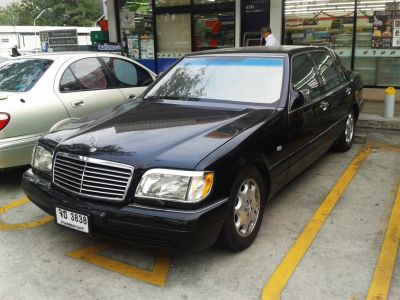
| Production: | 1994-1998 |
|---|---|
| Model Year: | 1994 |
| Length: | 5213 mm205.2 in |
| Width: | 1886 mm74.3 in |
| Height: | 1486 mm58.5 in |
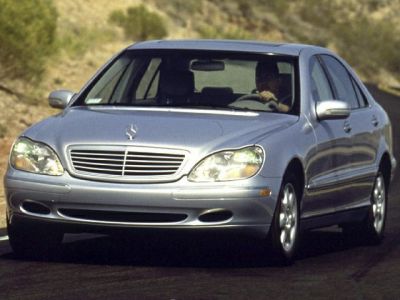
| Production: | 2001-2002 |
|---|---|
| Model Year: | 1998 |
| Length: | 5158 mm203.1 in |
| Width: | 2092 mm82.4 in |
| Height: | 1444 mm56.9 in |
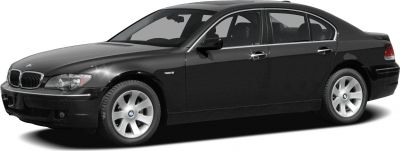
| Production: | 2005-2008 |
|---|---|
| Model Year: | 2005 |
| Length: | 5179 mm203.9 in |
| Width: | 1902 mm74.9 in |
| Height: | 1484 mm58.4 in |
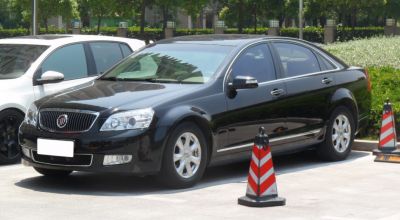
| Production: | 2007-2012 |
|---|---|
| Model Year: | 2007 |
| Length: | 5175 mm203.7 in |
| Width: | 1899 mm74.8 in |
| Height: | 1480 mm58.3 in |
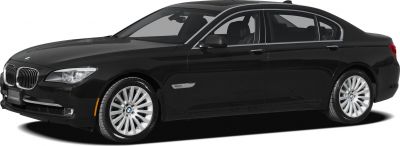
| Production: | 2008-2011 |
|---|---|
| Model Year: | 2008 |
| Length: | 5212 mm205.2 in |
| Width: | 1902 mm74.9 in |
| Height: | 1479 mm58.2 in |
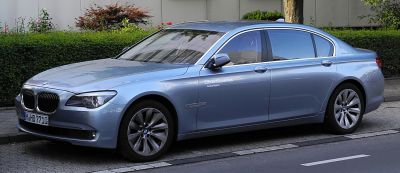
| Production: | 2009-2012 |
|---|---|
| Model Year: | 2010 |
| Length: | 5212 mm205.2 in |
| Width: | 2134 mm84.0 in |
| Height: | 1481 mm58.3 in |
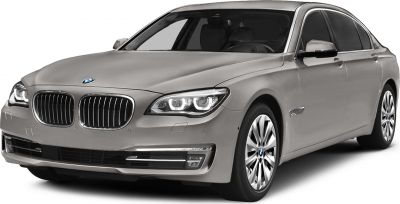
| Production: | 2012-2015 |
|---|---|
| Model Year: | 2012 |
| Length: | 5219 mm205.5 in |
| Width: | 1902 mm74.9 in |
| Height: | 1481 mm58.3 in |
